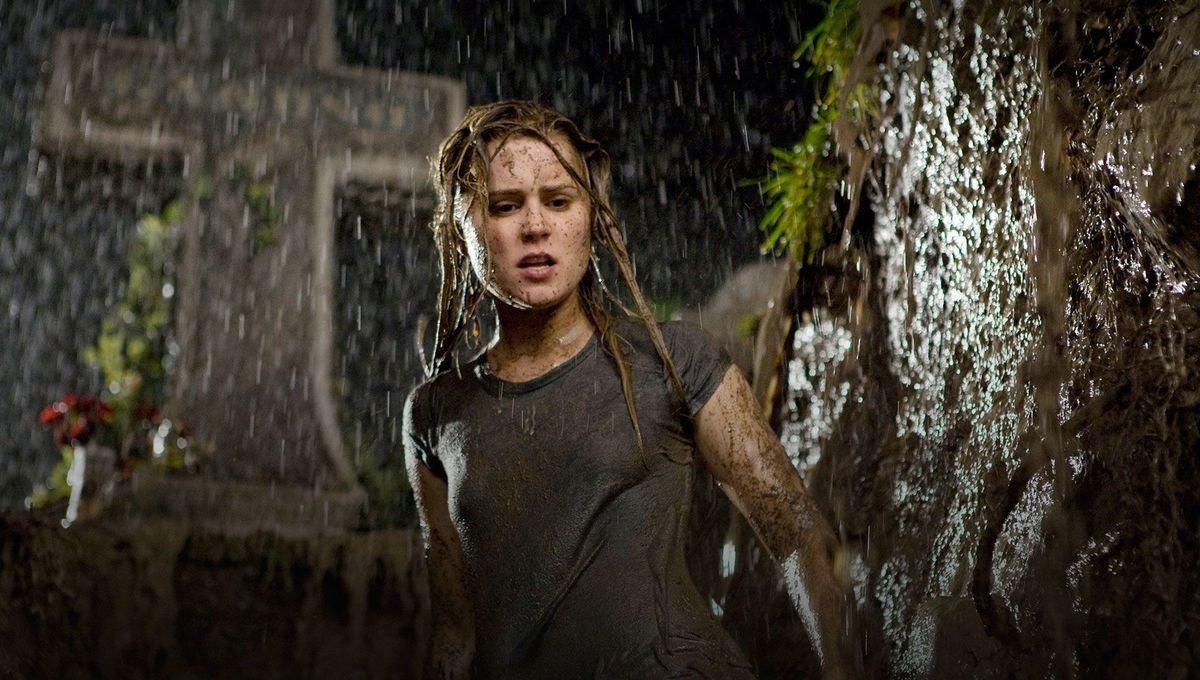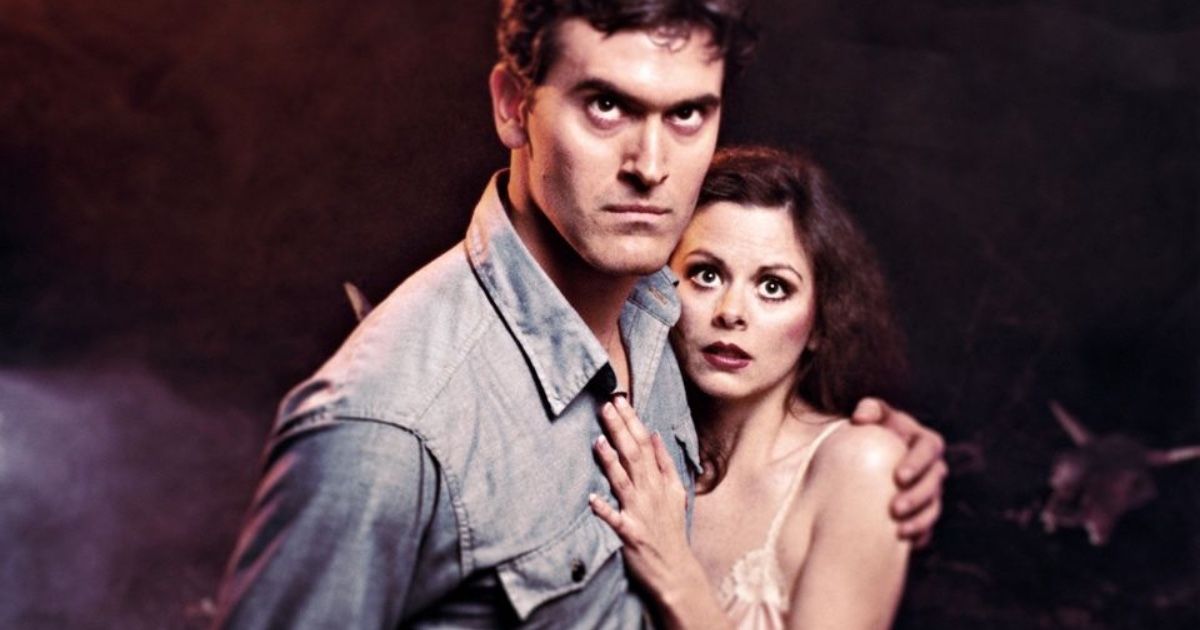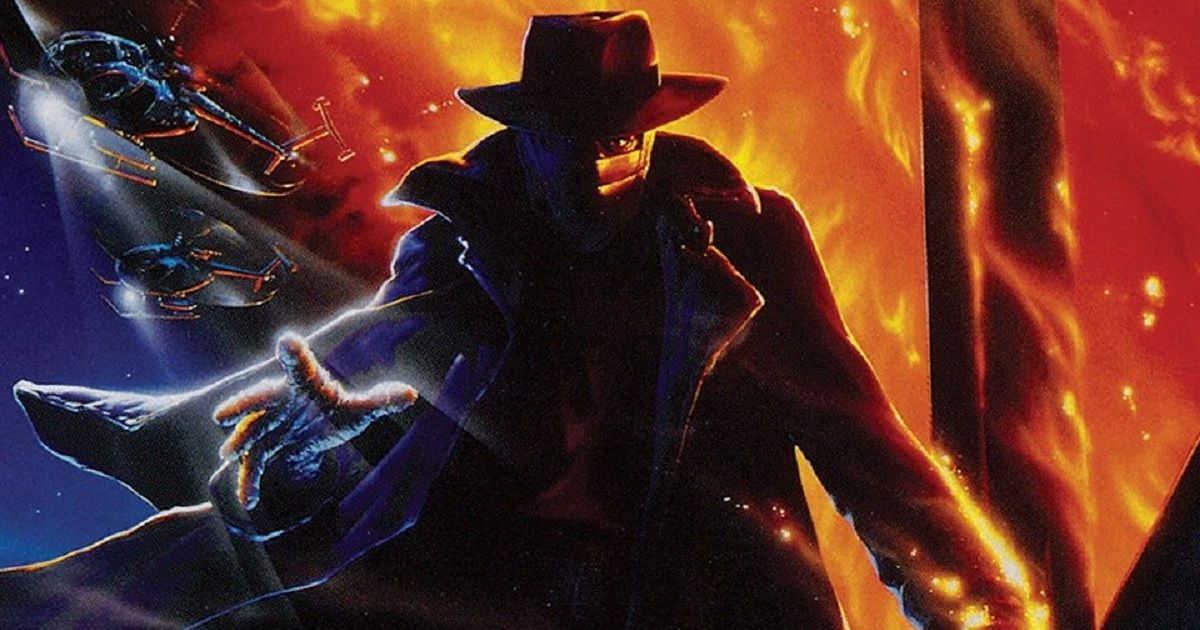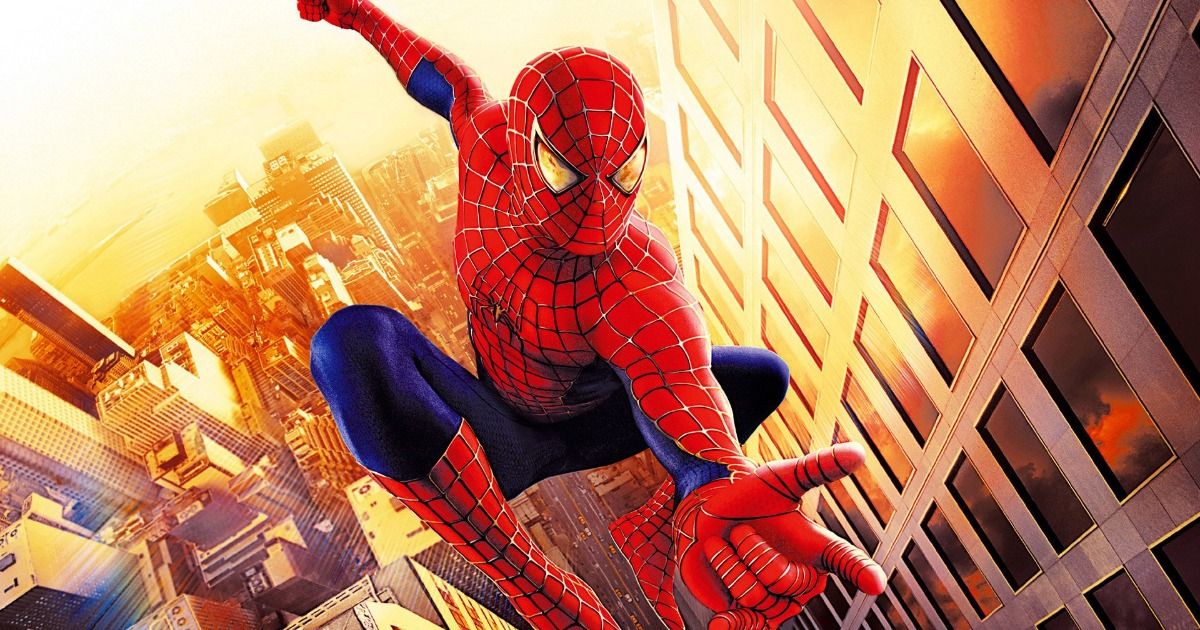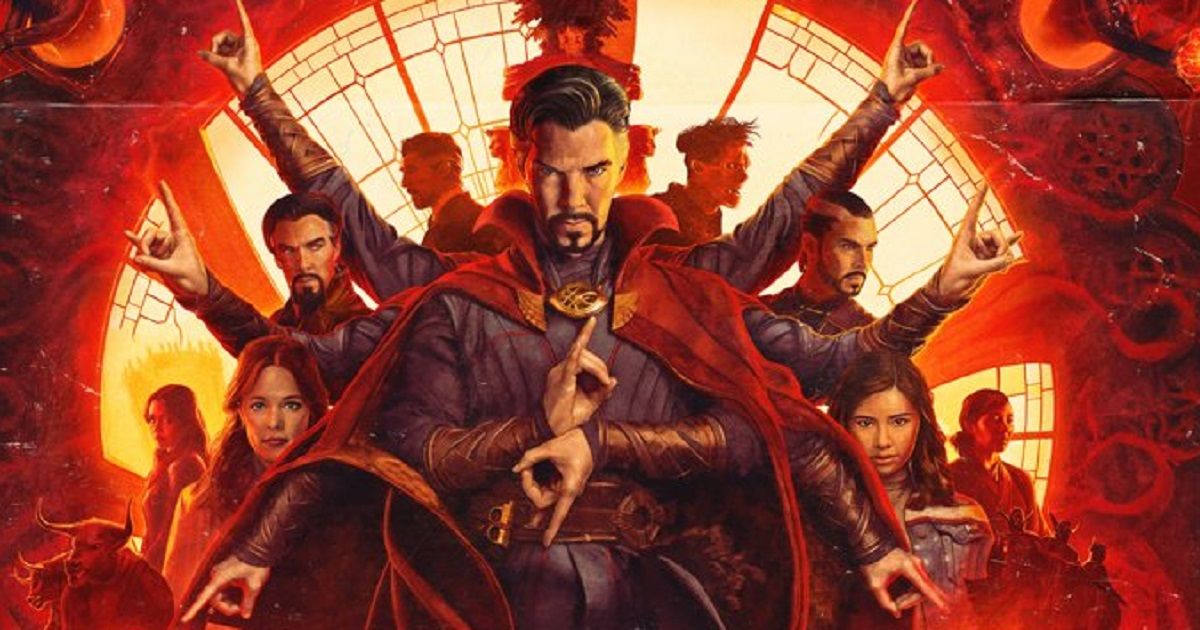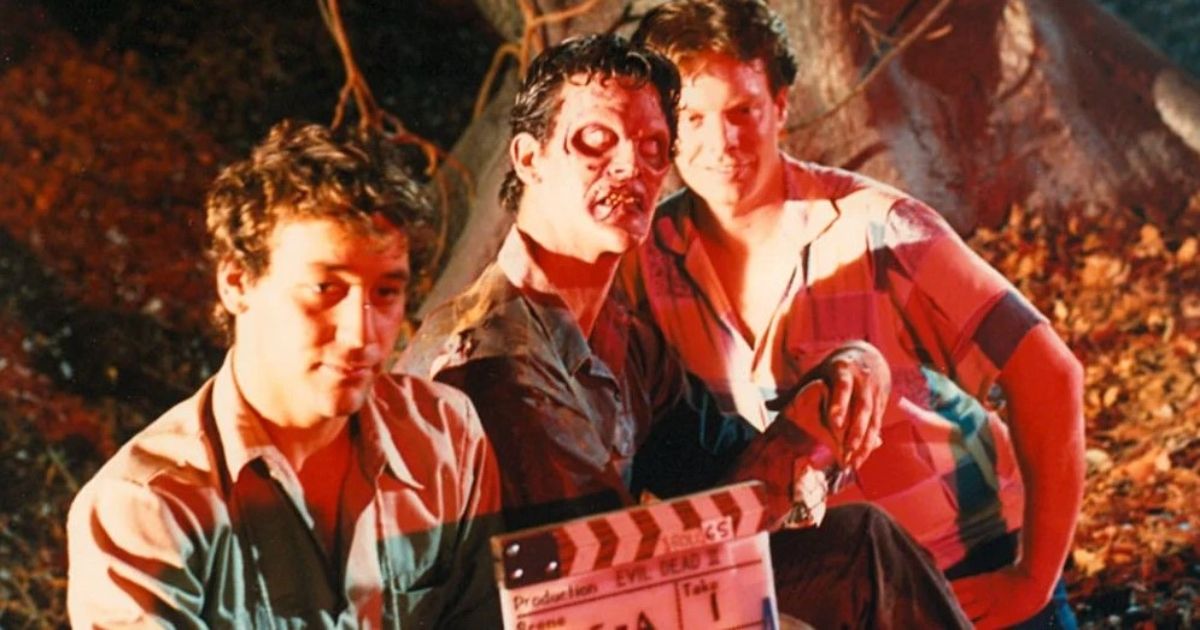There are many directors circulating the horror circuit as of late -- Robert Eggers, Jordan Peele, Ari Aster, Rob Zombie, Mike Flanagan, and the list goes on. Horror seems to be more popular than ever before. However, there is one director that should make a full comeback to the world of horror, and with a recent return to directing after almost ten years, he just might. Sam Raimi, who made a name for himself in the world of horror before going on to direct superhero sagas, is showing interest in returning to all things gruesome.
Raimi has always been a fan of the genre, telling Cinema.com in 2009:
I’ve always liked ghost stories. As a kid, I liked sitting around the campfire or some dark room at night and having friends tell scary stories. There’s a collective energy that goes through the people that are listening and a great sense of anticipation if you’ve got a good storyteller. There’s a giddiness you feel, like you want to scream, but you really shouldn’t. Then there’s a great release moment where the tension breaks and you, as a listener, scream in terror. Of course, it’s not only fun to listen to those stories, but it’s fun to tell them too. At least for me. I mean, everybody’s attention is so wrapped on what you’re saying. Everybody is so in tune with the story and that’s incredibly exciting. You all feel the chill together. You all feel the anticipation. You all scream together. It’s great to connect with people on that level.
Here's why we hope his next film takes the filmmaker back to horror.
Where It All Started: The Evil Dead & Darkman
Sam Raimi was born in Royal Oak, Michigan, home to other talents like Keegan-Michael Key and Bruce Campbell. He went to Michigan State University, where he studied English for three semesters before leaving to film his first film. The American filmmaker was able to make his first film, The Evil Dead, in 1981 after securing financing through a variety of resources. The budget for the film was all but abysmal as far as features go, at $375,000. Still, the film became a success, earning $30 million worldwide, and became a cult phenomenon and a staple in any horror-enthusiasts collection.
Raimi later stepped into the hero world with his film Darkman (1990), which he wrote to pay homage to Universal’s horror films in the 1930s. The film starred Liam Neeson as a scientist left disfigured after an attacker who gains superhuman abilities and goes on a quest for vengeance against those who destroyed his life. The film was a commercial success and Raimi’s first major studio picture. The film's success spawned two sequels, comic books, video games, and action figures, although Neeson did not reprise his role in the sequels.
The Hero Factor: Spider-Man & Doctor Strange
The famed director made a move in the early 2000s to create Spider-Man (2002), which was adapted from the Marvel comics. The film gained Raimi much critical and commercial success, grossing over $800 million worldwide. He then went on to create the two sequels, Spider-Man 2 and Spider-Man 3, which each grossed about $800 million as well. Once he was finished with the third film, Raimi planned to make two more sequels; however, he never found an idea or script he was happy with.
Recently in an article with Rolling Stone, Raimi claimed while reflecting on making the third Spider-Man that it was an overall “painful experience,” and he “wanted to make a Spider-Man movie to redeem [himself] for that.” He said that the idea of a fourth film motivated him because he wanted to “go out on a high note.” However, furthering the Spider-Man franchise quickly fizzled out, and Raimi went on to work on other projects.
After nearly ten years, Raimi has finally returned to the director’s chair with an incredible feat in Doctor Strange in the Multiverse of Madness. The 28th Marvel film is considered the first formal MCU film with horror elements. The film follows Doctor Strange as he works to repair a broken Multiverse with the help of Scarlet Witch. The film offers fans a few surprises along the way.
Raimi has commented to CNET on the easiness of making a superhero film nearly two decades after his previous endeavor. “The technological difference that really enabled me to work on this movie so effectively was Zoom.” The director discussed how much easier it was to speak to everyone through the Zoom calls and present more ideas to make a better film. The filmmaker used his own techniques he developed while working on previous films like The Evil Dead. “I was able to take those horror films that I made in my youth and what I had learned from them…I was able to apply [that stuff] in the spooky sequences in this film.”
Horror Roots & Future Projects
While Raimi has no current films on the directorial slate, the filmmaker served as an active producer on the upcoming feature Evil Dead Rise, which will be released by HBO Max in 2022. His previous work on other horror films like The Gift (2000) and Drag Me to Hell (2009), which was his last horror venture, has recently inspired him to possibly return to the horror circuit. “I wouldn’t want to go back to the budget of the first Evil Dead. I mean, that was brutal. That was extremely difficult. But I would like to make something the size of The Gift or A Simple Plan, those smaller budget movies that are just about the characters and thrills,” Raimi stated in a recent Slashfilm interview. “A little intense horror would be great.”
The director certainly has his own flair when it comes to horror. The Evil Dead franchise, which Raimi made with his friends Robert Tapert and Bruce Campbell, redefined what horror could be. It captured the fear of isolation, demonic powers, Lovecraft-esque themes, and popularized the “cabin in the woods” sub-genre. With this as the background for the director, along with works like the English-language version of the Grudge franchise, the idea of Raimi returning to horror is more than a welcome one.

